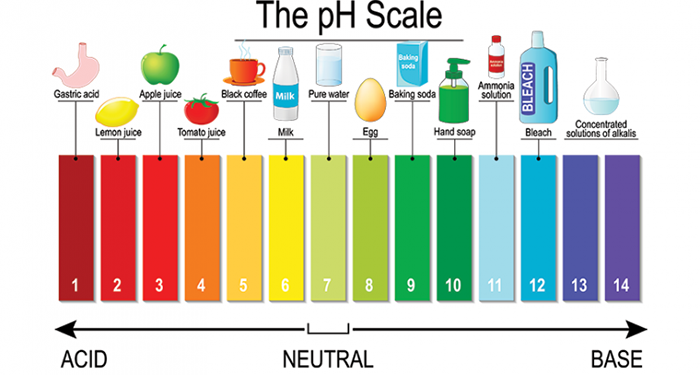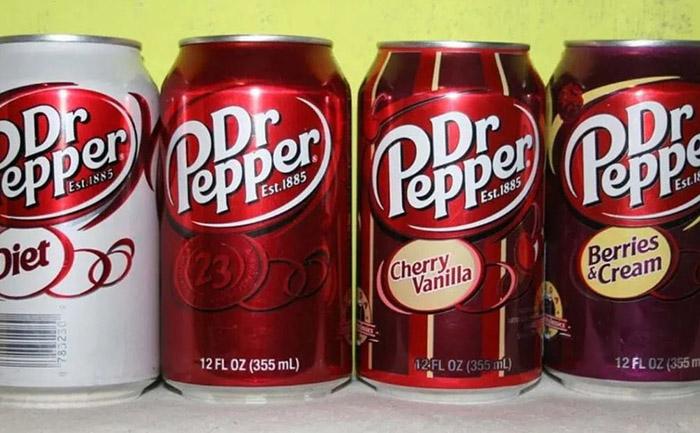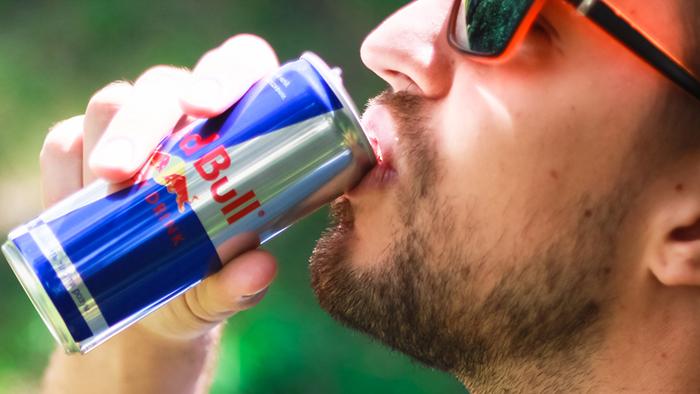Are you puzzled by the concept of ‘Dry Counties’ in the US?
Perhaps you’re surprised to learn that there are still areas where alcohol sales are completely forbidden.
You Are Watching: Dry Counties In The Us Updated 07/2024
This fascinating post will delve deep into why these exist, explore their history, and examine the implications they have on local life.
Ready for an exciting tour through America’s dry counties? Let’s dive in!
Overview of Dry Counties in the US
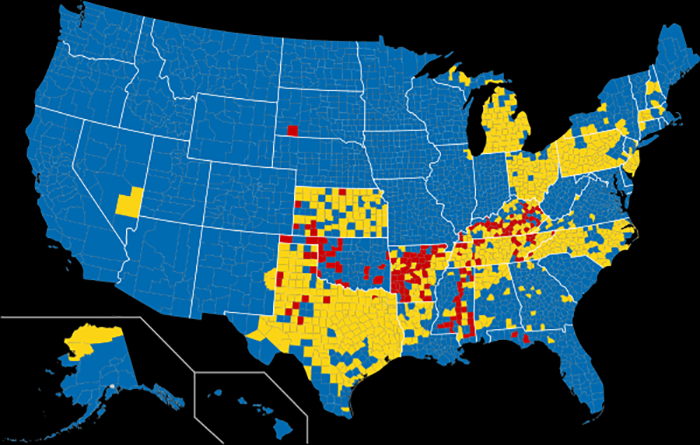
Dry counties in the US are areas where the sale of alcohol is prohibited by law, and they can be found across the country.
List of dry communities by state
Understanding dry counties or alcohol-free communities in the United States can be a bit confusing, given the variation across different states.
In Arkansas, for example, about 50% of its counties are dry, showing a high prevalence of such restrictions.
It’s not only Arkansas dwelling on such laws though, Georgia too has about 129 municipalities that have partial alcohol bans in place.
Kansas’s peculiar liquor laws permit local authorities to allow or ban alcohol sales within their jurisdiction – resulting in a mixed bag of wet and dry communities.
States that permit localities to go dry
Some states in the US give local communities the authority to choose whether to allow the sale of alcohol within their boundaries. These states include:
- Arkansas
- Georgia
- Kansas
- Kentucky
- Mississippi
- South Dakota
- Tennessee
States that preclude dry communities
Some states in the US have laws that preclude the establishment of dry communities. These states include:
- California
- Colorado
- Florida
- Illinois
- New Mexico
- New York
- Ohio
- Oregon
Reasons Behind Dry Counties
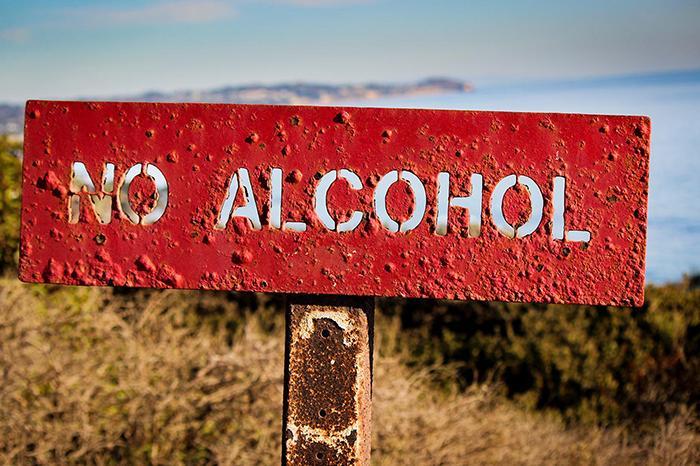
Dry counties in the US have their roots in the historical background of prohibition, religious and cultural influences, as well as concerns about alcohol-related issues.
Historical background of prohibition
Prohibition, the nationwide ban on the sale, production, and transportation of alcohol in the United States, had a significant impact on the emergence of dry counties.
In the early 20th century, concerns over excessive drinking and its social consequences led to a wave of temperance movements.
These groups advocated for restrictions or complete prohibition of alcohol consumption.
The Temperance Movement gained traction in various states, culminating in the ratification of the 18th Amendment to the Constitution in 1919. This amendment made it illegal to manufacture or sell alcoholic beverages across the country.
However, due to existing legal loopholes and difficulties enforcing these laws at a local level, not all areas were equally affected.
Read More : Is Low Calorie Gatorade Good For You Updated 07/2024
As a result, some states gave individual communities control over whether they wanted to remain dry or permit alcohol sales within their jurisdiction. Consequently, many counties enacted laws prohibiting alcohol sales even after national Prohibition ended with the repeal of the 18th Amendment in 1933.
Religious and cultural influences
Religious and cultural influences play a significant role in the existence of dry counties in the US. Many religious traditions have long advocated for temperance, promoting abstinence from alcohol as a way to lead a virtuous life.
These values are embedded in the fabric of some communities, where religious leaders and organizations have actively campaigned for alcohol restrictions. Additionally, certain cultures may view excessive drinking as contrary to their social norms or detrimental to their community’s well-being.
Historically, religious groups like the Temperance Movement played a pivotal role in advocating for prohibition laws during the early 20th century.
Their efforts resulted in nationwide bans on alcohol production and sale under the Prohibition era.
Although this period ended with national repeal, its influence can still be felt today through local ordinances that restrict access to alcohol.
Concerns about alcohol-related issues
Alcohol-related issues are a major concern in both wet and dry counties across the United States. While dry counties have restrictions on alcohol sales, it doesn’t mean that residents abstain from drinking altogether.
In fact, studies have shown that the fatality rate in alcohol-related accidents is higher in these areas compared to wet counties. This could be attributed to individuals traveling outside of their county to purchase alcohol or consuming excessive amounts in one sitting due to limited access.
Additionally, concerns arise about the potential increase in illegal activities such as bootlegging and underage drinking when there are bans on legal alcohol sales.
These issues can put a strain on law enforcement resources and contribute to an unregulated market for alcoholic beverages.
Advantages and Disadvantages of Dry Counties
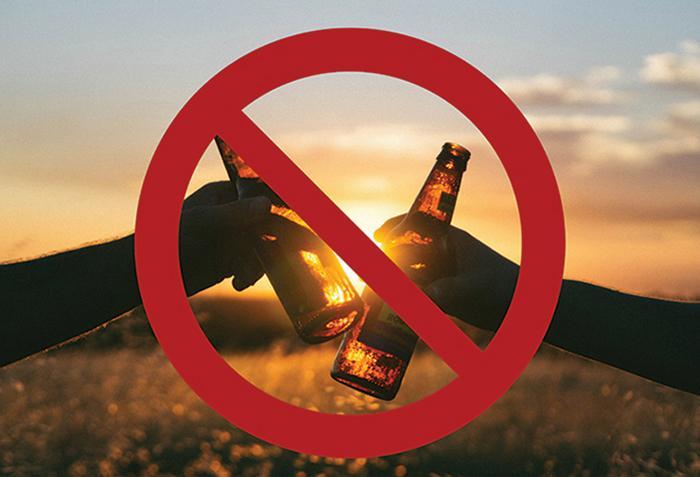
Lower alcohol-related crimes and accidents
Dry counties in the US have implemented strict regulations on alcohol sales, leading to lower rates of alcohol-related crimes and accidents.
Studies conducted by the National Highway Traffic Safety Administration have found that these areas often experience fewer drunk driving incidents and related fatalities compared to wet counties.
The restrictions on alcohol consumption create a safer environment for residents, reducing instances of violence, public disturbances, and other criminal activities associated with excessive drinking.
Moreover, by limiting access to alcohol, dry counties aim to protect individuals from the harmful effects of alcohol abuse while also promoting healthier lifestyles within their communities.
Economic implications for local businesses
The existence of dry counties in the US has significant economic implications for local businesses. In these areas, where the sale of alcohol is banned, businesses such as bars, restaurants, and liquor stores are unable to operate.
This restriction can have a detrimental effect on their bottom line and overall viability.
In many cases, neighboring wet counties benefit from the influx of customers who cross county lines to purchase alcohol or enjoy a night out.
Local businesses in dry counties often miss out on this potential revenue and struggle to compete with their wet county counterparts.
Read More : Are Red Bulls Soda Updated 07/2024
The ban also deters entrepreneurs from opening new establishments that rely on alcohol sales as a key source of income.
While some argue that the absence of bars and liquor stores in dry counties may promote alternative forms of entertainment or boost non-alcohol-related industries, it’s important to consider the potential loss experienced by those directly involved in the sale and service of alcoholic beverages.
Impact on tourism and revenue generation
Dry counties can have a significant impact on tourism and revenue generation. In areas where the sale of alcohol is banned, visitors may be deterred from frequenting these destinations for leisure or vacation purposes.
This can result in a decline in tourism dollars and potential economic growth for local businesses such as hotels, restaurants, and entertainment establishments that rely on tourist spending.
Additionally, the absence of alcohol sales can limit opportunities for revenue generation through taxes and licensing fees associated with the sale of alcoholic beverages.
These financial implications highlight some of the challenges faced by dry counties when it comes to attracting tourists and stimulating economic growth within their communities.
The Geography of Dry Counties
Certain states in the US have a higher concentration of dry counties, with Arkansas, Georgia, Kansas, Kentucky, Mississippi, and Tennessee being some notable examples.
States with the highest number of dry counties
The United States has a number of dry counties, with some states having a higher concentration than others. These are areas where the sale of alcohol is banned, a crucial point for those among the 18 million Americans living in these areas who are managing alcoholism.
Here is a table outlining the states with the highest number of dry counties.
| State | Number of Dry Counties |
|---|---|
| Arkansas | 37 |
| Georgia | 129 (Partial) |
| Kansas | 13 |
| Kentucky | 50 |
| Mississippi | 36 |
| South Dakota | 3 |
| Tennessee | 26 |
In each of these states, alcohol sales are regulated at the county level. Over the past decade, some formerly dry areas have lifted their bans on alcohol sales.
However, the majority of these counties remain dry, creating a unique challenge for people trying to combat alcoholism in these regions.
Population living in dry areas
Approximately 18 million Americans still reside in dry counties or municipalities where alcohol sales are prohibited. These areas, scattered across the country, account for about 6% of the US population.
States with a higher concentration of dry counties include Arkansas, Georgia, Kansas, Kentucky, Mississippi, South Dakota, Tennessee, and more.
Despite the gradual decrease in the number of dry counties over time and the lifting of bans on alcohol sales in some areas, there remains a significant portion of the population living under strict alcohol restrictions.
This highlights ongoing debates and discussions surrounding the effectiveness and impact of dry county regulations on alcohol use and related issues.
Notable dry counties and exceptions
Notable Dry Counties and Exceptions in the US:
- Lafayette County, Mississippi: Despite being in a state known for its dry counties, Lafayette County allows for the sale of beer and light wine.
- Moore County, Tennessee: Located in a state with a long history of alcohol restrictions, Moore County is unique as it permits the sale of liquor and wine by the drink in restaurants.
- Bracken County, Kentucky: While most of Kentucky maintains strict alcohol regulations, Bracken County stands out by allowing package sales of alcohol in certain areas.
- Clay County, West Virginia: In this rural county, although the sale of alcohol is prohibited, private clubs can obtain licenses to serve alcoholic beverages.
- Madison County, Georgia: While many neighboring counties remain dry, Madison County has opted to allow the sale of beer and wine.
Conclusion
In conclusion, dry counties in the US continue to raise important questions about alcohol regulation and its effects on communities.
While these areas may experience lower rates of alcohol-related crimes and accidents, there are economic implications for local businesses and concerns regarding tourism and revenue generation.
As debates surrounding the effectiveness of dry county policies persist, it’s clear that this issue remains relevant to discussions on alcohol consumption regulations in America.
Sources: https://chesbrewco.com
Category: Drink





